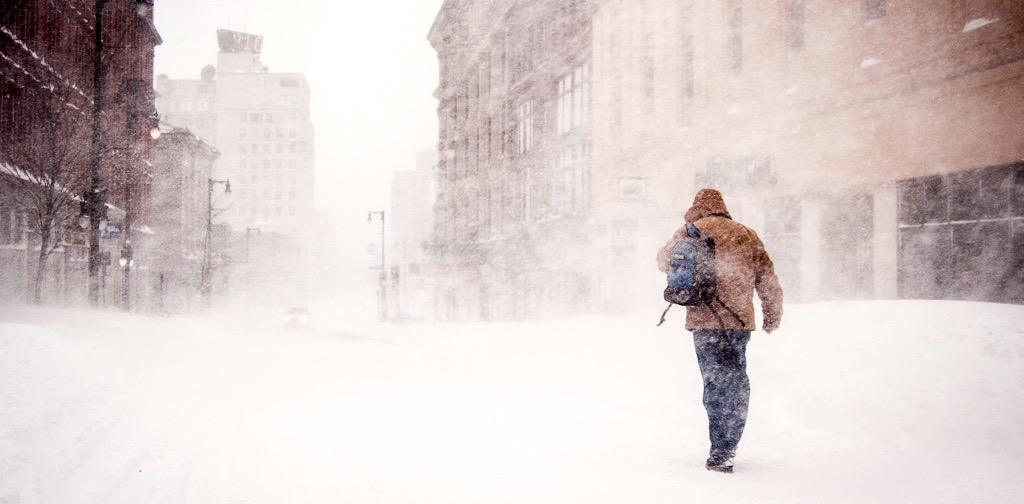The Way to Pay for Snow Removal
A bad winter is something that keeps local public officials, first responders, and taxpayer advocates up at night. Storms wreak havoc on communities. They down power lines and require repairs in hard-to-reach places. They make sidewalks impassable, which can cut mobility in a matter of hours for those who don’t drive. They close roads, burying them in mountains of snow and ice. These inconveniences are part of the cost of living anywhere in the northern half of North America. Who pays, and who should pay, for winter storm cleanup is a question that is not nearly as clear as many expect.
Typically snow removal is a de facto public-private partnership that involves multiple levels of government. Plowing local roads is usually task for local municipalities, paid for in property tax revenues. Some places, especially where snow is substantial and common, have dedicated public employees to plow snow. These can be maintenance workers who might spend the rest of the year doing other town upkeep tasks like cutting grass or trimming trees in parks.
Other places use one or more contractors. These can range from normal town residents who own trucks and SUVs with plowing equipment to large corporations that also hold contracts to plow local parking lots. Paving contractors, whose work dries up in the cold winter months, fall in the middle. These companies often have existing trust relationships with city government from work during warmer months that can give them a leg up in competition for winter snow removal contracts.
Cities use contracts to help manage the risk that comes with unpredictable winter weather. City employees working snow removal can be risky. Not only is the city responsible for the costly insurance required when they put their staff in hazardous conditions, but they also bare the risk that winter will be worse than expected.
This can mean substantial overtime spending in the short term, as well as risk that comes with needing to buy more salt, gravel, and other road treatments at peak winter prices if materials run out. Contractors are usually responsible for such cost overruns, such that they can be cheaper than using city employees. They also have other benefits like more flexibility to hire part-time workers and stand to gain from more worker productivity.
Public groups and their contractors are far from the only people charged with snow removal. Private citizens have a great incentive to dig themselves and their properties. Some cities like Washington, DC, mandate that residents and property managers shovel public sidewalks and spaces in front of their homes to keep paths open. Yet relying on private citizens can mean coordination problems that leave some sidewalks un-shoveled and roads uncleared. The young, old, and infirm may struggle if a city relies only on private citizens to clear public rights of way.
Keeping snow removal costs low is a real political issue in America’s snowy regions. A bad winter can mean fiscal disaster and last-minute cuts to city services. Contracting snow removal to businesses already serving existing private companies could be the answer. This could help towns get a sense of the appropriate market price of the service and avoid pitfalls that come with using municipal employees in snow removal capacities.
Image: Corey Templeton.

